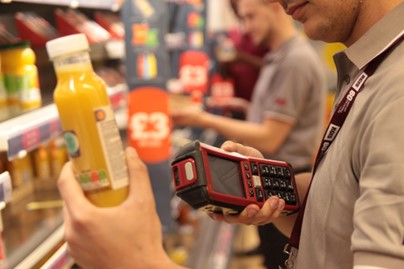How to Prepare for a Stocktake

Being able to confirm the actual stock on-hand in your business is very important. It enables you to identify variances and quickly identify issues with stock management and control.
Knowledge of your stock movements enables you to make informed decisions about damaged stock, theft, slow-moving items, and current warehouse processes.
It is very important to be prepared for your stocktake. Here are some rules to follow to ensure the stocktake runs smoothly:
1. Establish which stock is owned by the business and the location of the stock
Identify stock that has already been invoiced to a customer, but has not yet been received by the customer and is still in the warehouse/store. In addition stock received within the warehouse/store but not yet recorded anywhere should also be identified.
Ensure stock held at different locations or on consignment basis is all accounted for.
2. The stock room needs to be clean and tidy and stock items should be clearly laid out
You should attach labels to shelves to clearly identify different types of stock and location; eg this will show where the stock is located as well as the type of stock.
If relevant, give your stock counters clear guidance on the direction they should count; eg start from a specific location and end in a specific location.
3. Tools required for the stocktake
- Stock sheets –this shows on a count the stock numbers against each stock item.
- Write-off sheets – always check the condition of the stock as you count, make a note if it is damaged.
- Manual count – this is when each item is counted and logged in writing rather than being scanned, normally because there are no barcodes.
- Calculator – to add total numbers and check variances.
- Hand held scanners – this is for barcoded stock only.
4. Do not allow radios, mobile phones, iPods and idle chatting
While it might seem mean, distractions will easily lead to errors.
5. Every item of your stock needs to be counted. Never ever estimate!
It might seem really tedious, especially if you think you have a good idea of your stock quantities, but it is so much better to get a 100 percent accurate record the first time. Do not forget to physically open boxes – just because the label on the box says there are 75 items in the box that does not mean there actually are.
6. Check the physical stock count number against current accounting records. Always recheck discrepancies
Always make a note of all variances and follow up where necessary to identify the reasons for the variances.
7. Update your records
When the stocktake has been finished, update the stock records in your accounting records.
A well planned stocktake will result in minimal disruption, accurate stock records and provides a basis for making better informed business decisions.